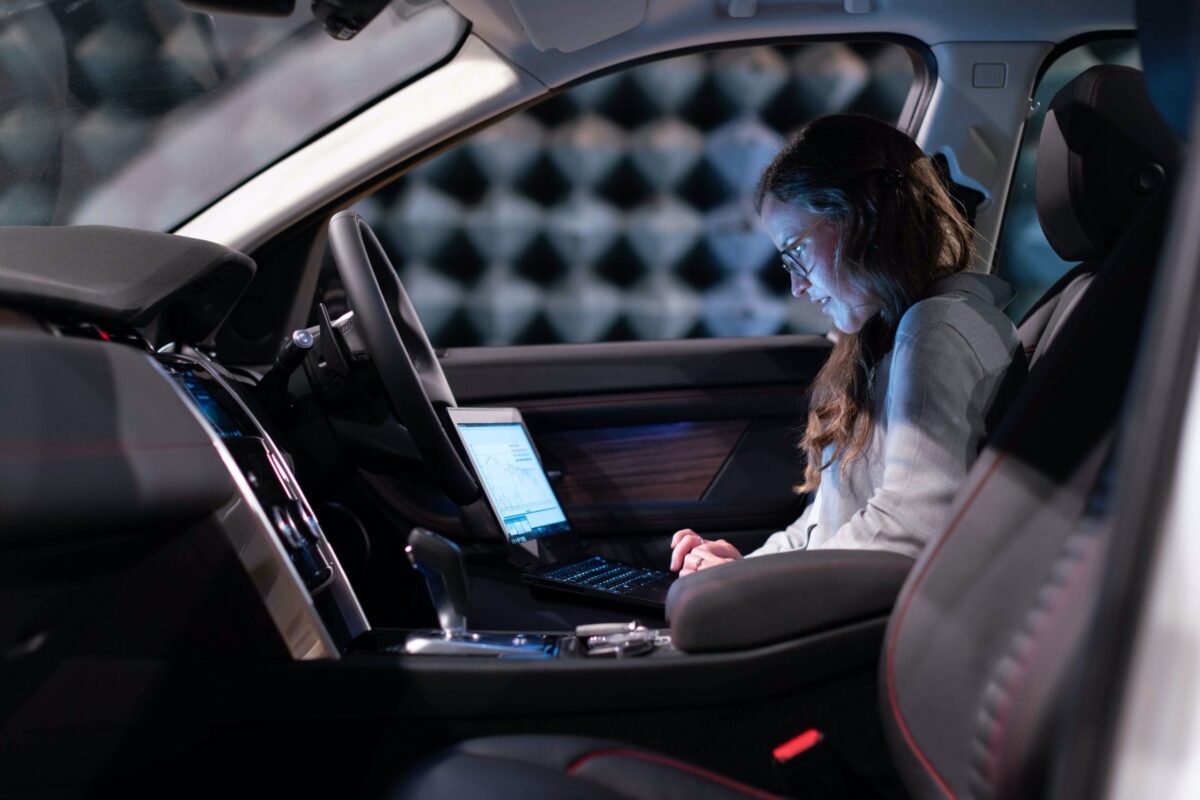

Artificial intelligence (A.I.) is a technological advance for humankind that has some people excited and others terrified of what is to come. The main concern is rooted in what A.I. will do to jobs, and how we as human beings will be affected by changes in digital and mechanical techniques.
A.I. and other new forms of autonomous machine function are in the process of transforming our personal and professional lives, and this represents a Hard Trend that will happen and a subject I’ve discussed for decades now. We are just starting to see some incredible progression in the A.I. space, giving us a chance to pre-solve problems involved in real-world applications of A.I.
But while function is one thing, the newfound transformation we’ve watched come to fruition is coming from machine learning, a subset of A.I. that enables machines to become better at tasks that were previously dependent on human intelligence. With advances in a machine’s capability to think and learn like people, it’s easier than ever to pre-program physical functions so A.I. can take over menial or mundane tasks. Take, for example, a study conducted by legal tech startup LawGeex, which challenged 20 experienced lawyers to test their skills and knowledge against an A.I.-powered system the company built.
A lawyer is not often considered replaceable by technology or artificial intelligence. In this challenge, the task was to review risks contained in five nondisclosure agreements — a simple undertaking given the group of legal professionals, which included associates and in-house lawyers from Goldman Sachs, Cisco, and Alston & Bird, as well as general counsel and sole practitioners. This lineup should easily have triumphed over an A.I.-powered algorithm, right?
Wrong.
As a matter of fact, the study revealed that the A.I. system actually matched the top-performing lawyer for accuracy, as both achieved 94%. As a group, the lawyers managed an average of 85%, with the worst performer scoring a 67%.
But what about the speed of those decisions? When reviewing the nondisclosure agreements, the A.I. system far outpaced the group, taking just 26 seconds to review all five documents, compared to the lawyers’ average speed of 92 minutes. That is a tremendous spread when compared to the near-perfect accuracy the algorithm performed at in that time! The fastest review time of a single lawyer in the group was 51 minutes — over 100 times slower than the A.I. system! And the slowest time was nearly a standstill pace, as it clocked in at 156 minutes.
While reviewing documents is just one of several parts of the job of a lawyer, this data further proves the Hard Trend that I implore everyone to pay attention to in the years to come. Artificial intelligence is here to stay, and by using machine learning and deep learning techniques, new A.I. systems are learning how to think better and better every day. So the question remains: Are you anticipating how A.I. can be used to automate tasks and do things that might seem impossible today — in other words, disrupt your industry? Are you starting to learn more about A.I. so that you can become a positive disruptor rather than become the disrupted?
For now, according to consultants, the fact remains that 23% of legal work can be easily performed using artificial intelligence; however, there are many aspects of a lawyer’s job, the obvious example being providing an emotional and compelling closing argument in court, that are currently beyond the capabilities of algorithms. While that may be the case today, what’s next? Using methods that I discuss in my latest book, The Anticipatory Organization, you can learn how to become an anticipatory thinker and be more entrepreneurial in the ways you apply A.I. technology to your profession.
Take the example of Alexa, which is utilized in an ever-growing number of applications, from ordering groceries to playing our favorite song during dinnertime. This device, enabled by A.I., has learned our routines and how to serve us better each day by listening to us ask it questions or give it tasks to accomplish.
Netflix and Spotify media streaming services are using A.I. to learn what we like to listen to or watch, and then, using this knowledge combined with their own databases, they can quickly suggest other songs or shows we may also enjoy. Over time they increasingly learn to understand the dynamics of what we like, recognizing our patterns enough to suggest new things to us we will most likely enjoy — very much like a best friend would introduce us to a new music group.
These are just two examples of many A.I.-enabled services that have been integrated into our lives, yet it was not too long ago that applications like these would have been viewed as an impossibility. In a relatively short amount of time they have become second nature in our lives. If A.I. can quickly accomplish a lawyer’s task today, then it can also learn how to accomplish many tasks in industries once thought untouchable by automation and machine learning, such as medicine, finance and design.
As an entrepreneur, it is increasingly important to understand what A.I. can do to create business value. A.I. is presently forecast to reach nearly $4 trillion by 2022. Reacting to this opportunity will only keep you behind and disrupted. It’s time to learn to become anticipatory leaders in our fields, solving problems before they happen, and elevating our thinking to actively shape a positive future for ourselves and others.
If you would like to learn more about how you can better anticipate transformation in the professional world and developments in artificial intelligence, then be sure to pick up my latest book, The Anticipatory Organization. Let me help you take your career to the next level and remain indispensable in an ever-changing technological frontier.


